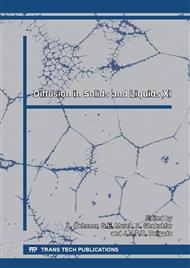p.1
p.6
p.12
p.17
p.24
p.30
p.36
p.42
p.48
Indoor Environmental Quality of School Buildings
Abstract:
School buildings energy efficiency is crucial but also environmental, aesthetics, acoustics, accessibility and comfort requirements will be valued. Focus will be on creating value for all the users involved not only in terms of economics, but also in terms of comfort, health, environment, academic success, etc...Various attempts to optimize school buildings design have been made throughout Europe. However, the in-use performance of these buildings revealed very different than the expected. It is crucial to minimize the gap between computer simulation and measured performance. Moreover, the maintenance and operation costs of the recently rehabilitated buildings revealed unaffordable for the limited school budgets. Therefore, cost-effective, high-performing, and minimally invasive solutions should be developed and monitored to ensure their performance during the service life and guaranteeing the full performance predicted at the design stage. This will be achieved by combining innovative construction with real performance information and users’ feedback.This work intends to present a short critical review of several works presented in literature.
Info:
Periodical:
Pages:
24-29
Citation:
Online since:
July 2016
Authors:
Price:
Сopyright:
© 2016 Trans Tech Publications Ltd. All Rights Reserved
Share:
Citation:


